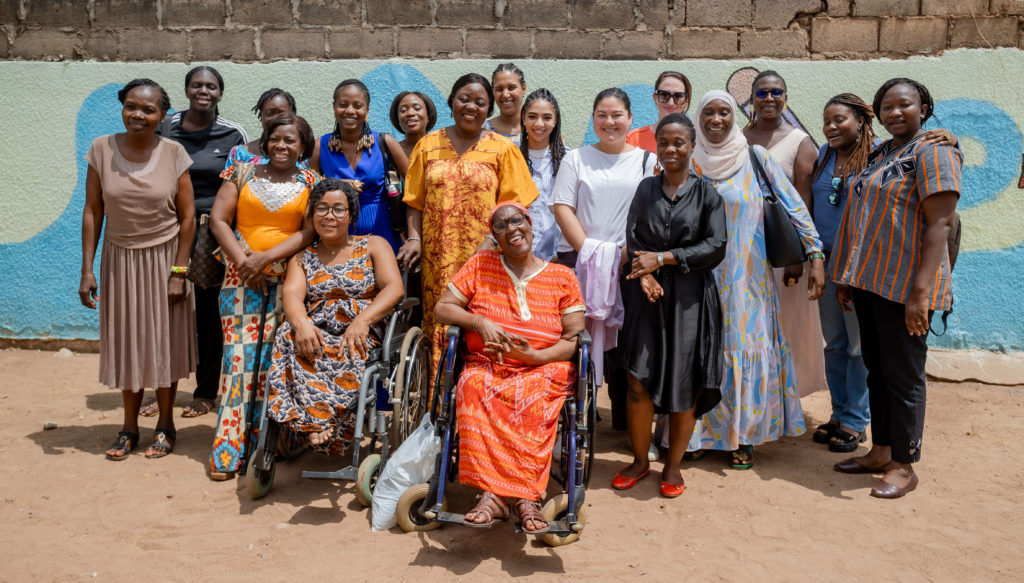Sierra Leone undertakes second Mass Drug Administration (MDA) of Malaria Drugs in response to the Ebola Outbreak

Sierra Leone is one of the three West African countries most affected by the Ebola virus disease (EVD). The outbreak started in the eastern part of the country on May 25, 2014. The outbreak unfortunately continues to ravage the country. To date, suspected and probable cases of Ebola have been reported in all districts throughout the country but are particularly concentrated in Bombali and Port Loko Districts of the Northern Province and in rural and urban zones in Western Area.
The National Malaria Control Programme (NMCP), Ministry of Health and Sanitation in collaboration with its partners (WHO, RBM, UNICEF, MSF- Spain and the Global Fund) will be conducting its second cycle of the Mass Drug Administration campaign from January 16 to 19, 2015 in selected chiefdoms in the Bombali, Kambia, Koinadugu, Moyamba, Port Loko, Tonkolili and in al Wards in the Western Urban, Rural Area.
The Programme Manager, Dr. Samuel Smith noted the Ebola emergency situation, and the effect of the outbreak that has created numerous challenges for the continuation of routine health delivery services at all levels. The Ebola outbreak he added is having some adverse effects on the malaria programme intervention if appropriate measures are not put in place to support the malaria activities.
The goal of the MDA campaign is to contribute to the containment of the Ebola outbreak in Sierra Leone thereby reducing morbidity and mortality, with specific objectives to rapidly reduce malaria-related incidence and mortality rates by providing intervalled MDA using ASAQ – targeting in 7 high burden districts and all populations (all ages including children under 5 and pregnant women); and rapidly reduce number of febrile Ebola suspected episodes that would otherwise have required screening and isolation in the Ebola suspected holding centres to exclude Ebola as the cause of illnesses; and reduce the risk of Ebola transmission among malaria patients.
MDA Campaign Targets:
- 85% of targeted total population administered ASAQ.
- 85% of the targeted population comply with the prescribed doses of ASAQ.
- 100 % of the targeted population received IEC and BCC messages during the MDA campaign.
Dilating on the criteria for exclusion, Dr. Smith said a total population of over 2.5 Million is targeted to cover all ages above 6 months. Children below 6 months, malnourish children, pregnant women who are in their first three months, and all persons with fever and or looking sick are exempted. “Anyone who has received the AS/AQ drug within the last month, patients taking Zidovudine, Efavirenz or co-trimoxazole, are also an exclusion to the drug administration”.
Quarantine houses, the Programme Manager re-emphasized must not be visited for the distribution by the MDA teams, adding that alternative arrangements have been made through Surveillance Officers and Contact Tracers at district level.
Distribution Strategy:
- The MDA distribution will be held during high malaria transmission period (November 2014 to January 2015) in two cycles with an interval of 30 to 45 days to avoid resistance.
- Administration of this regimen would be door-to-door, with Directly Observe Treatment (DOT) for first dose. The client will be encouraged to comply with treatment regimen by taking the subsequent doses.
- Distribution with strict adherence to “No Touch” policy, building on existing District Health Management Teams and Community Health Workers Network will be enforced.
- The first cycle of the MDA was done for antimalarial from the 5th to 8th December 2014 (4 days).
The first MDA using ASAQ has been in general a successful operation with a coverage of over 70% of the actual population size by distributing the medicine to over 2, 5 million people in four days. Targeted population for the MDA appears to be unreliable as it was lower than the actual population size observed during the distribution particularly in the Western Urban areas. Despite the health system challenges and the communities mistrust on the system posed by the Ebola outbreak, the NMCP, MoHS in collaboration with its partners has demonstrated great amenability in bringing funding resources, coordinating logistics supply, mobilizing stakeholders and huge number health workforce and community health workers from national to the community level to ensure timely delivery of the medicines, high acceptance and compliance by the communities.
Given the fact MDA is being exceptionally conducted as a temporary measure in response to the Ebola outbreak in Sierra Leone which has high malaria endemicity (WHO policy restricts implementation of MDA to limited circumstances), it is imperative that the impact of the intervention in reducing morbidity and mortality is assessed systematically with all possible epidemiological approaches.
The National Malaria Control Programme in collaboration with Global Malaria Programme/World Health Organization will conduct the impact assessment of the MDA campaign. There are two possible methods to assess the impact methods in such situations are: i) Surveillance data in health facilities (including the newly opened holding and treatment centres and laboratories); and ii) Household surveys for parasite prevalence such as the Malaria Indicator Survey (MIS).
However, owing to the very infectious nature of the EVD, population based invasive survey for testing of parasitemia with either RDT or microscopy could not be possible.
Therefore, the surveillance data in the health facilities and laboratories including the Ebola holding, assessment and Treatment centres will be used to assess the impact of the two MDA cycles using the first method.


